How to replace black plastic tools for a healthier, non-toxic kitchen in 2025
Out with the old utensils and in with the new
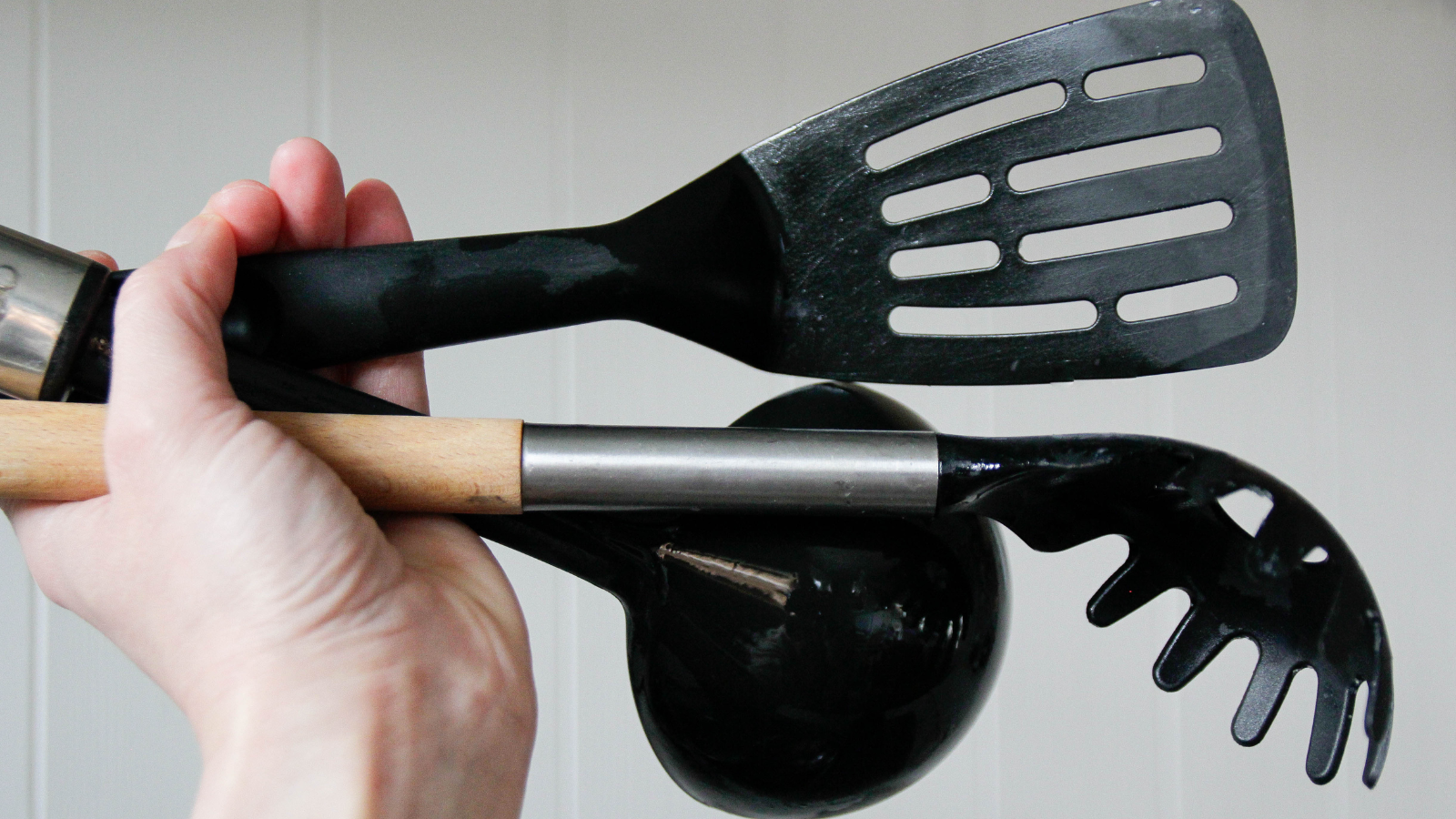
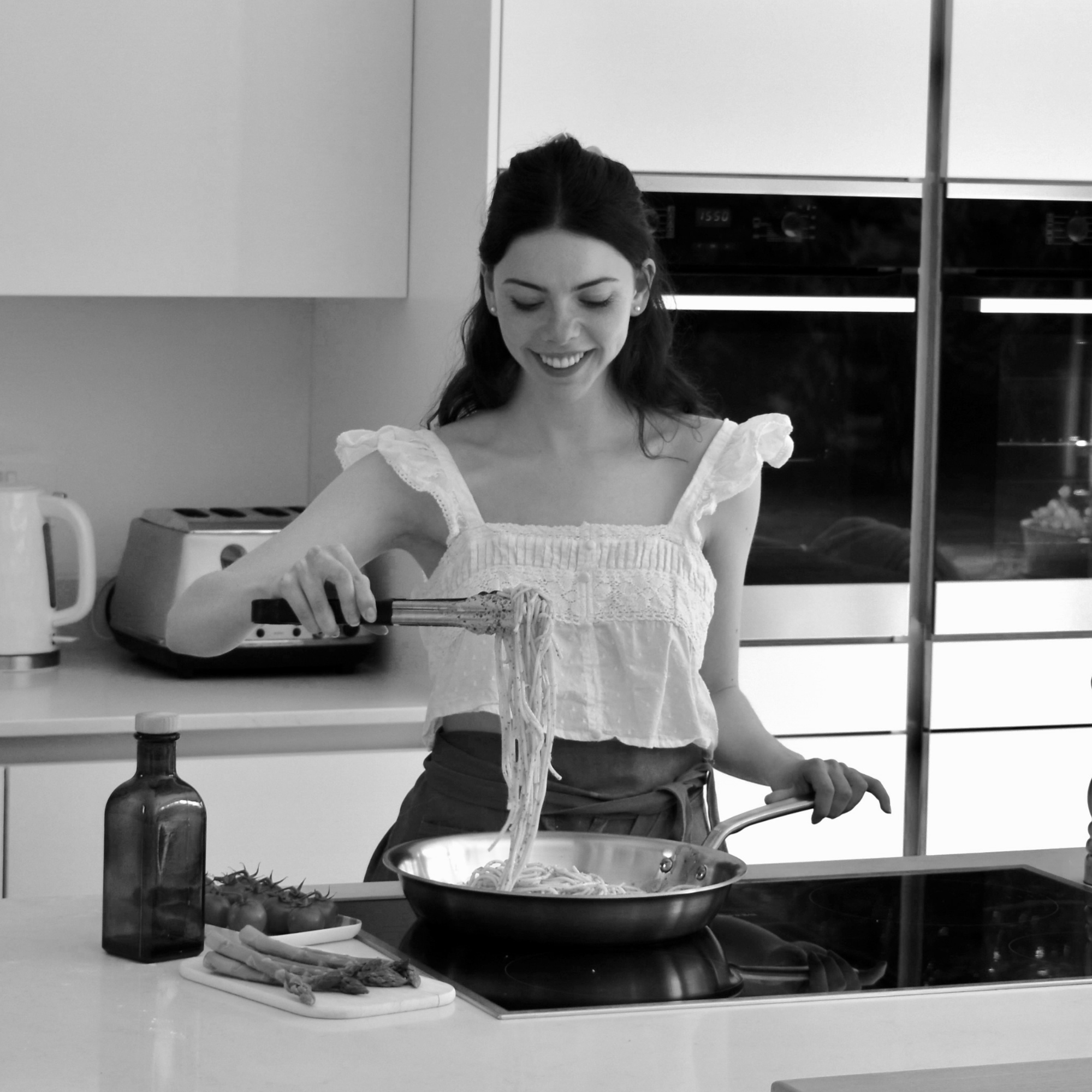
You may have read the alarming headlines about black plastic recently. A study published by Chemosphere reported high levels of toxic flame retardants in household items made from black plastic. However, it later emerged that the researchers made a math error when calculating 'maximum exposure' limits, overstating the risks. This might have left you feeling confused about what to do with your black plastic utensils.
When I was researching the best non-toxic air fryers and talking to toxicologists, I realized that managing plastic in the kitchen is fairly straightforward. If you’re looking to minimize all risk of toxins leaching into your food, the best approach is to avoid black plastic entirely. If you’re less concerned about health and prefer to cling to your existing tools, just take precautions: avoid exposing black plastic to heat and regularly check for signs of peeling or chipping – as this could end up in your food.
I'm a health-conscious person, so I'm taking the New Year as an opportunity to refresh and renew. Here’s how I'm taking stock of all my black plastic utensils, checking for signs of damage, which tools I'm trashing, and which replacements I'm choosing for peace of mind in 2025.
Where should you start?
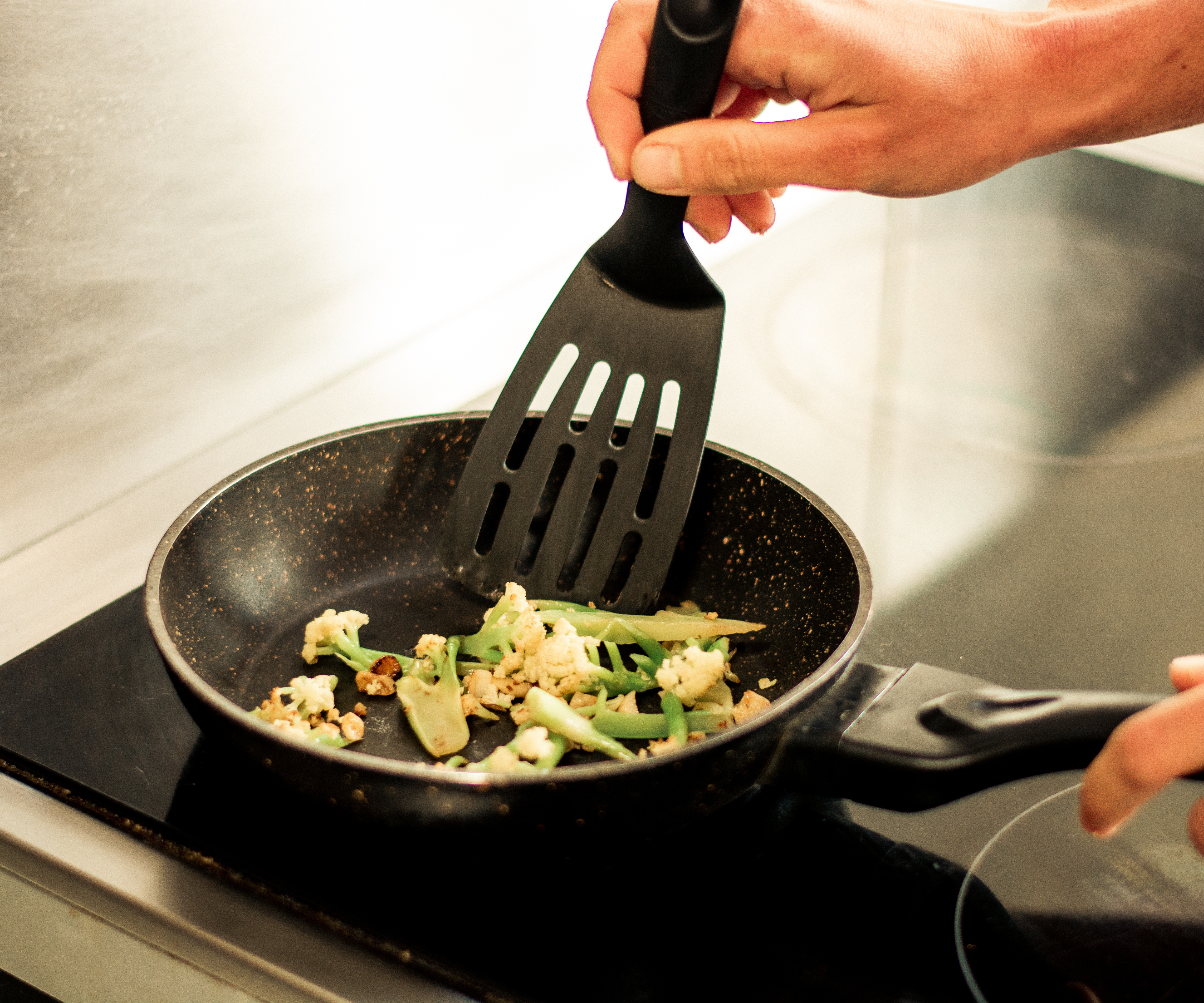
First of all, glance around your kitchen to take stock of all the black plastic you own. You might have a spatula by the stove, a slotted spoon in a drawer, or even some plastic-lined travel mugs in the back of your cupboard.
If you're finding it hard to tell which utensils are made from plastic or not, there are some tell-tale signs. Black plastic is smooth and hard, and usually very inexpensive. If you've got black silicone, it will feel more rubbery and flexible.
The second step is to check for damage. Peeling, chipping, or deep scratches on black plastic are all signs of degradation, which increase the risk of chemicals ending up in your food. Finally, ask yourself: will this come into direct contact with heat when you're cooking or serving? If that's a yes, that also increases the toxic risks, so it's another one for the trash pile.
The black plastic I ditched
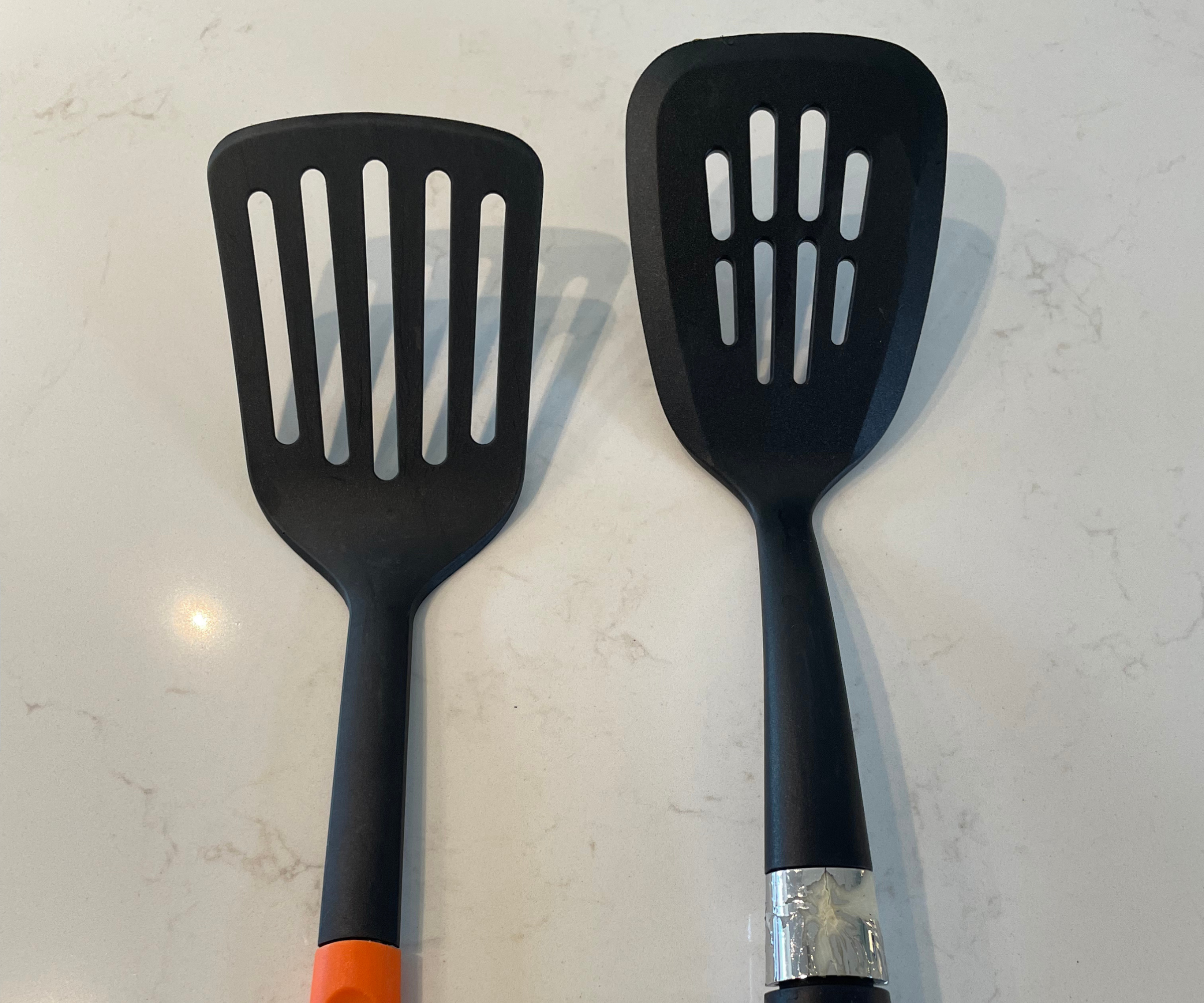
I found two black plastic spatulas lurking in my kitchen drawers. Since they will come into direct contact with high heat and food in a frying pan, I'm uneasy about the toxicity risks. I also noticed that the spatula on the left had some silver plastic on the handle that was chipping and flaking, and could end up in my dinner.
The black plastic I kept
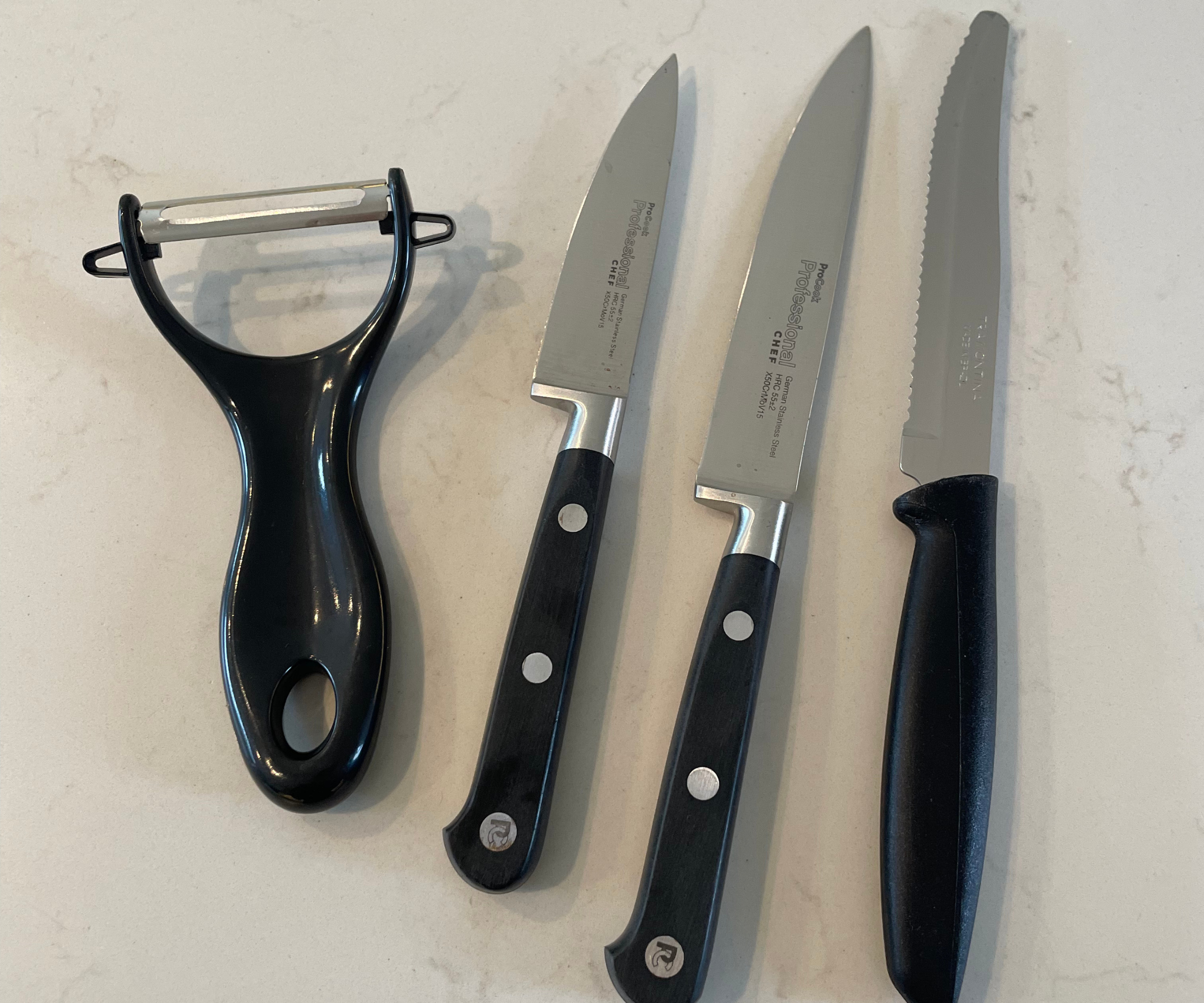
I found some more black plastic in my cutlery drawer, but I'm not concerned about these items. The black plastic handles won't come into contact with my food or direct heat. Plus, I inspected the handles and the plastic was in good condition. No peeling or chipping.
What should you do with old black plastic utensils?
Black plastics are not recyclable. You could toss them out in the normal trash (although that isn't very sustainable, since they'll end up in landfill). Or, you could put them in your DIY box and find uses for them like stirring paint.
What should you replace them with?
This part is easy. There are multiple alternative materials (like stainless steel, BPA-free silicone, bamboo and wood) that will last a long time if you care for them correctly. Here are my top picks.
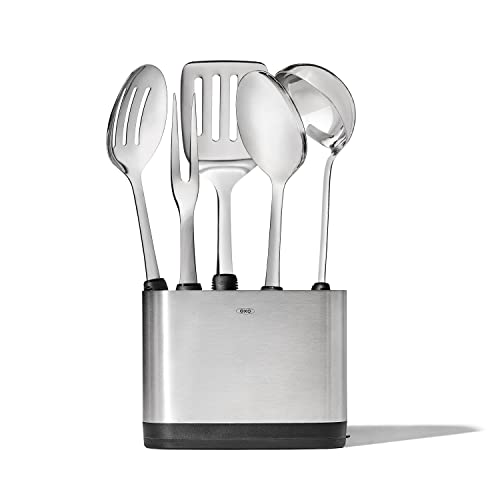
Oxo make some of the best utensils on the market. This six-piece set is made from stainless steel and soft-grip handles. They're dishwasher-safe and come in a handy caddy. Just avoid using them on non-stick pans, as stainless steel damages the lining and you'll have a potentially toxic situation again.
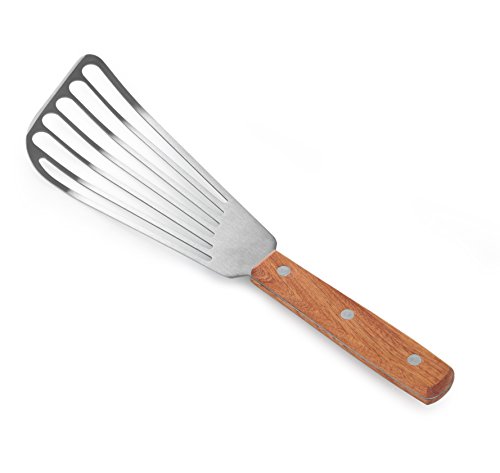
After speaking to chef friends, I realized this is the very best spatula you can buy. It's made from super thin and flexible stainless steel. Designed for flipping delicate fish, eggs, and pancakes perfectly. Again, be aware that it's not a good choice for non-stick Teflon pans.
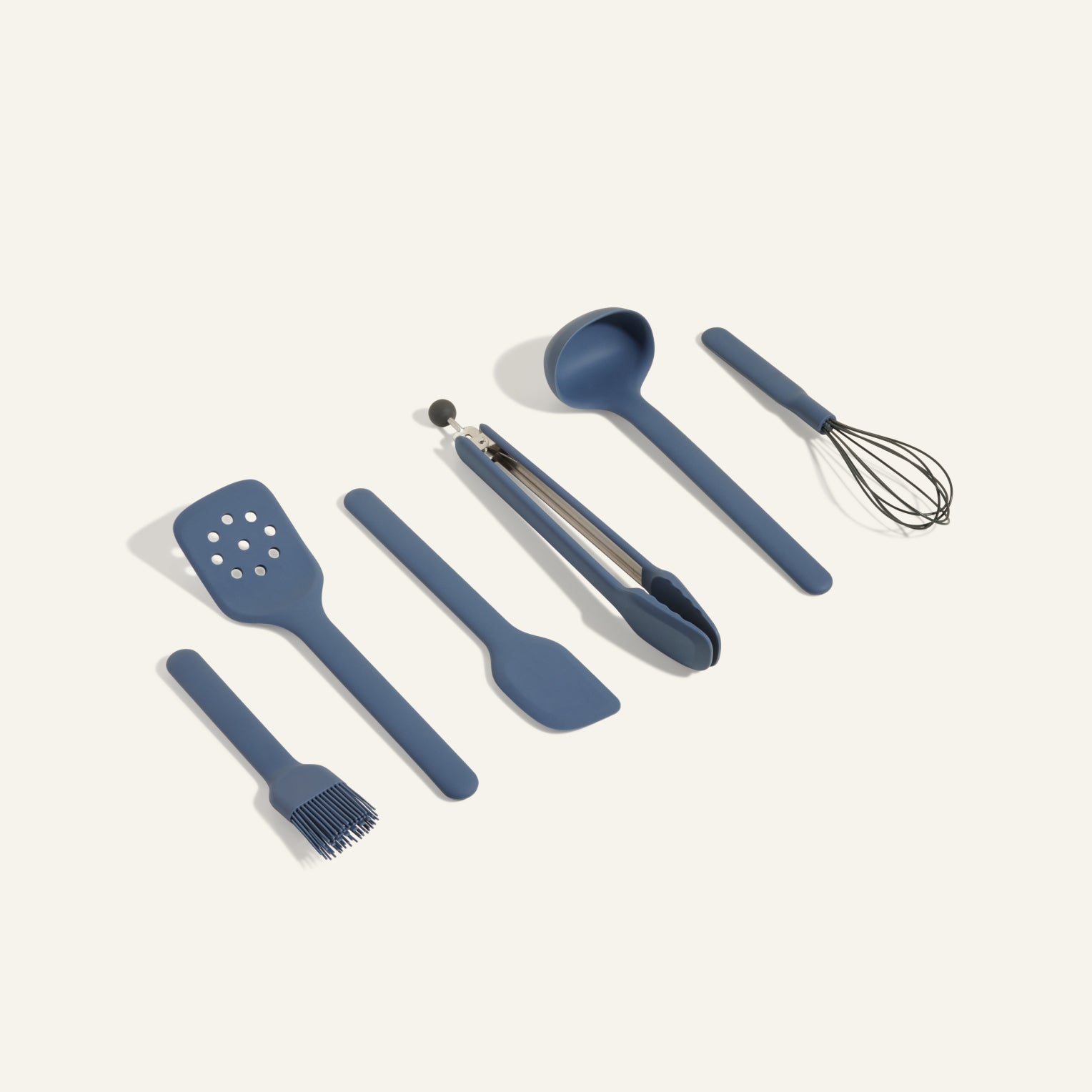
This silicone set can be used on non-stick frying pans or air fryers. Each soft and gentle utensil is BPA-, BPS-, and phthalate-free and made without lead or cadmium. They're dishwasher-safe, too.
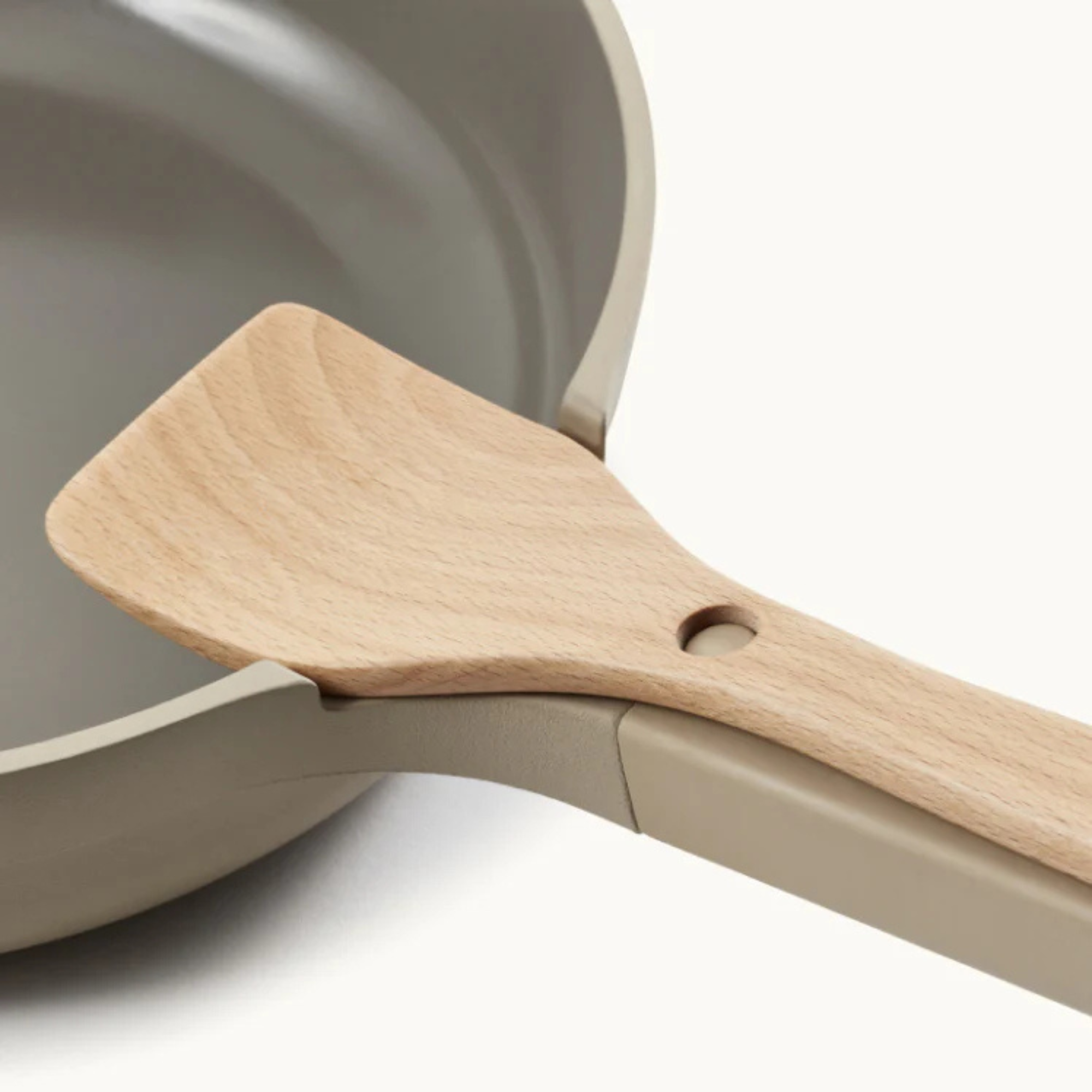
I have these beechwood spatulas at home and they're great for stirring sizzling onions and sauces, whilst being 100% natural. The benefit of wood is that you can use it on any type of frying pan. Our Place advises rubbing the spatula with food-grade oil whenever it feels dry to make it last longer and prevent cracking.
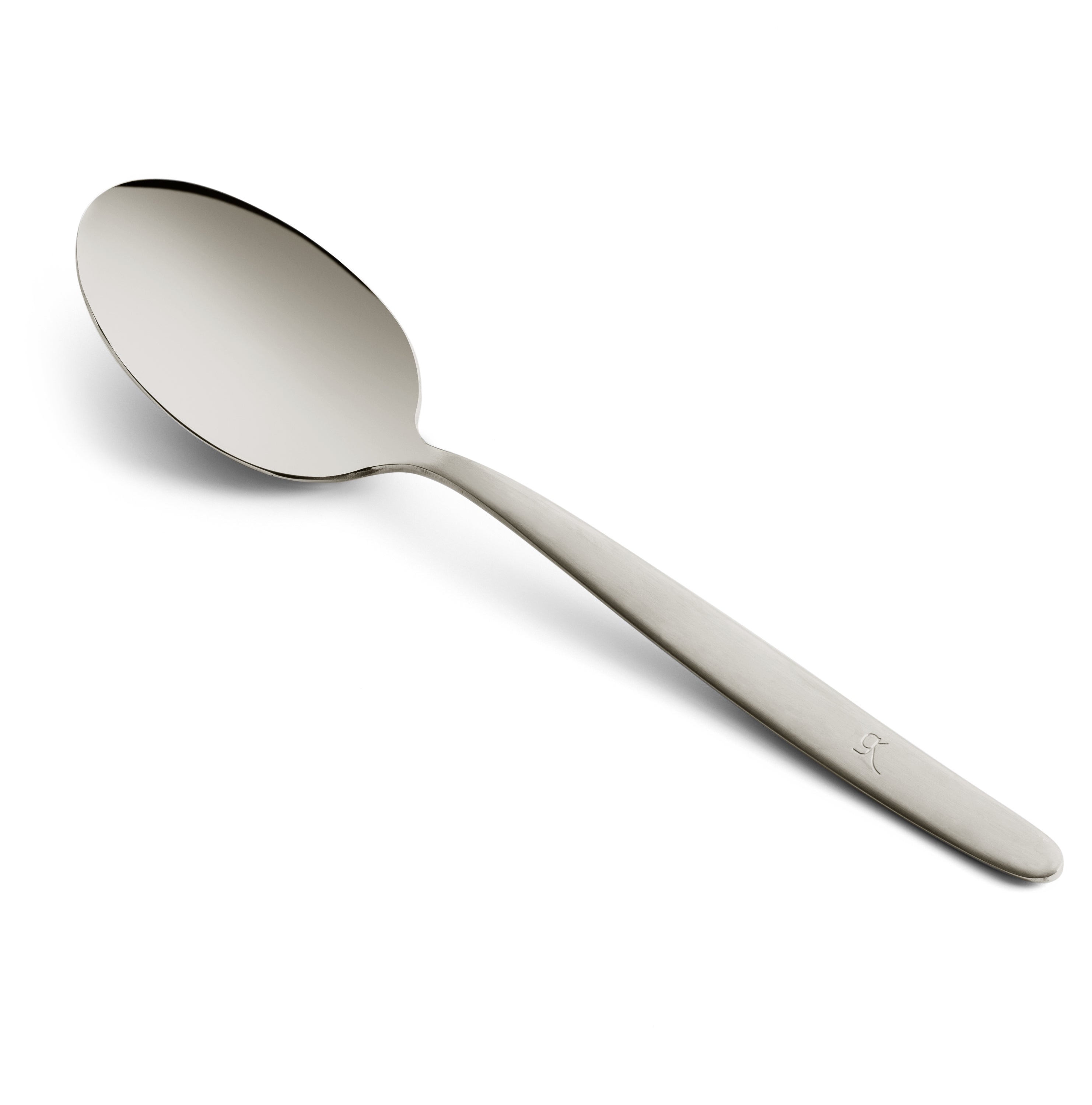
If you have a black plastic spoon, you can replace it with this classy stainless steel alternative. It's a cult-favorite among chefs, who use it for stirring sauces, plating, and basting in professional kitchens. You'll never look back.
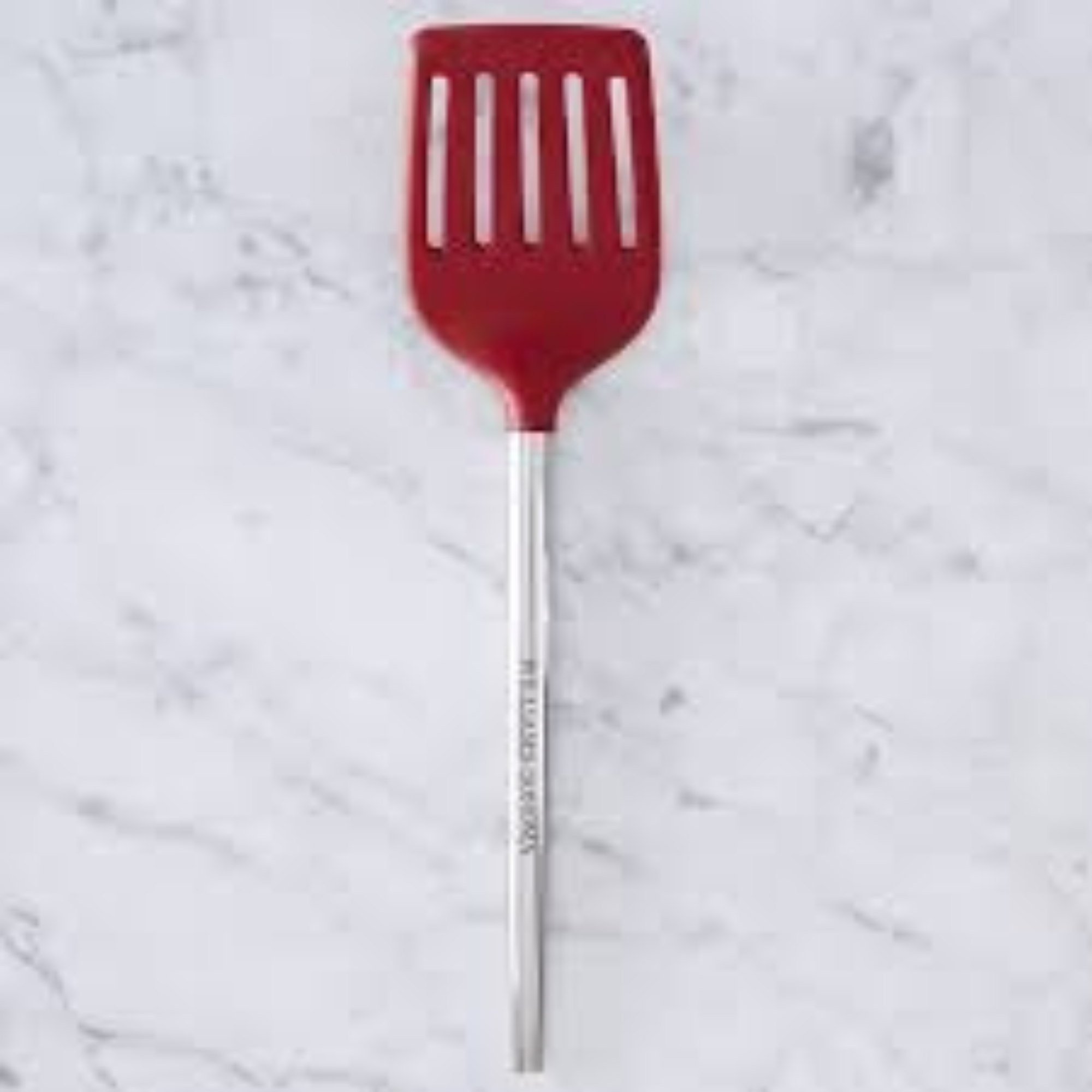
The materials used in the production of this Williams Sonoma turner are carefully chosen to ensure they are safe. The retailer says, 'the silicone head and 18/10 stainless steel handle adheres to the food safety standards of the CA Prop 65, known for having the strictest regulations in the country.'
If you're looking for more recommendations on creating a clean, healthy kitchen, I've written a guide to the best non-toxic kitchen appliances 2025, which includes the best air fryers, frying pans, coffee makers, and more.
Sign up to the Homes & Gardens newsletter
Design expertise in your inbox – from inspiring decorating ideas and beautiful celebrity homes to practical gardening advice and shopping round-ups.

Lydia is the Kitchen Appliances Editor for Homes & Gardens, testing everything from air fryers and mixers to juicers and coffee machines. She trained in Culinary Arts at Leiths School of Food & Wine and previously served as the Recipe Editor for Mindful Chef.
-
 The statement color trend Alicia Keys wore to the Met Gala has finally convinced me to decorate with 2025's most divisive color of the year
The statement color trend Alicia Keys wore to the Met Gala has finally convinced me to decorate with 2025's most divisive color of the yearRed is not just on everyone's closets, it's in everyone's home too
-
 Is it necessary to deadhead lilac flowers? Here's what I've learned after a decade working as a professional gardener
Is it necessary to deadhead lilac flowers? Here's what I've learned after a decade working as a professional gardenerDeadheading spent lilac blooms can help to improve the appearance of your plants, but it won't encourage any more blooms